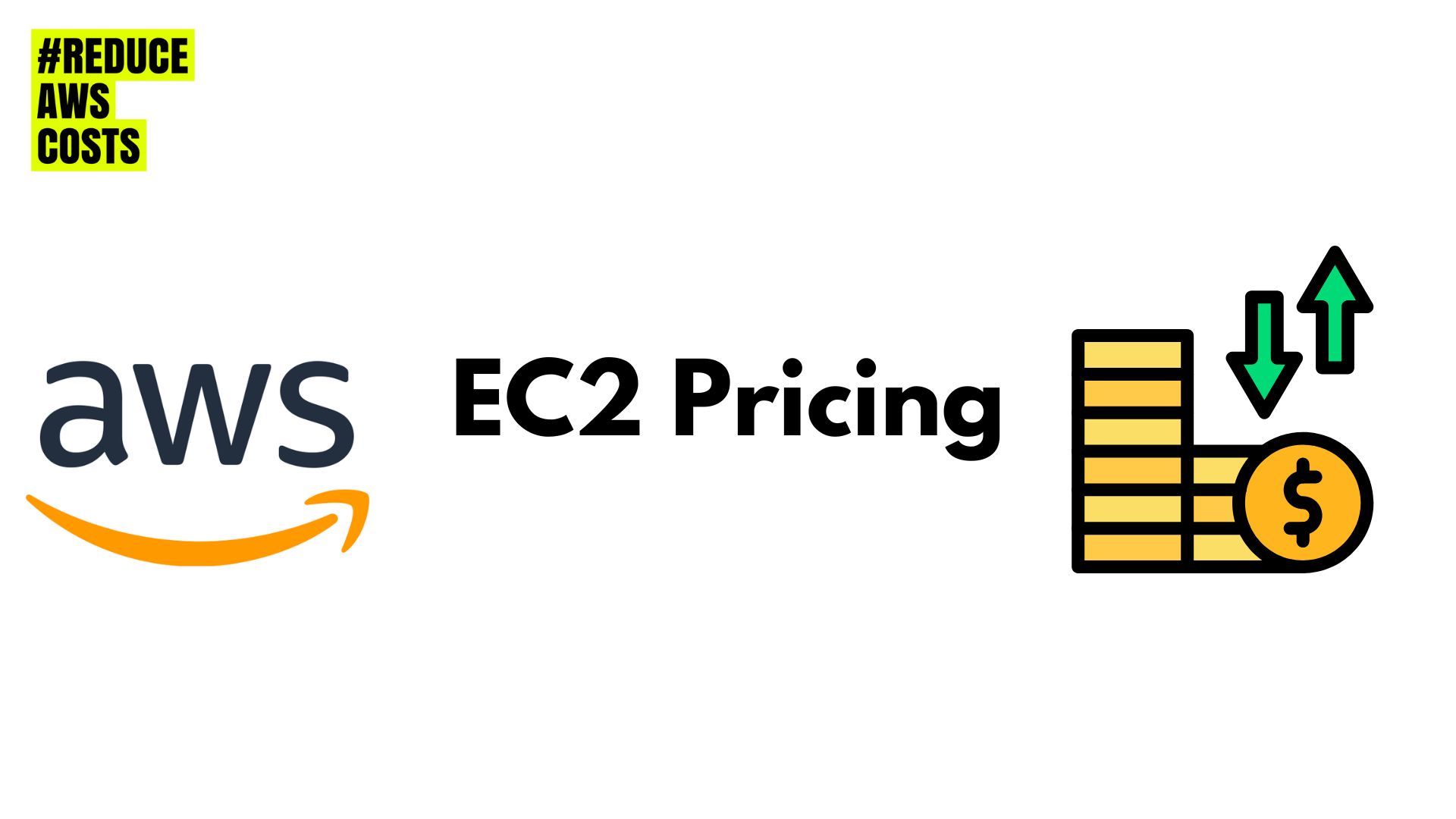For organizations relying on AWS, one powerful tool in the arsenal of cost-saving measures is the effective utilization of Reserved Instances (RI). In this guide, we’ll explore how to leverage Reserved Instances to significantly reduce expenses for key AWS database services such as RDS, Redshift, ElastiCache, and Elasticsearch.
Understanding the Power of Reserved Instances (RI)
Reserved Instances provide a way to commit to a one- or three-year term in exchange for a substantial discount compared to On-Demand pricing. This upfront commitment can lead to significant savings for organizations with predictable workloads.
1. Assess Your Usage Patterns
- Evaluate Database Workloads: Understand the characteristics and usage patterns of your RDS, Redshift, ElastiCache, and Elasticsearch instances.
- Identify Consistent Workloads: Reserved Instances are most effective for instances with steady and predictable workloads. Identify databases that meet this criterion.
2. Choose the Right Reserved Instance Type
- Examine Instance Types: Based on your assessment, choose the appropriate Reserved Instance type that matches the characteristics of your database workloads.
- Consider Convertible RIs: For flexibility, consider Convertible Reserved Instances that allow you to modify instance attributes, offering adaptability over the term.
3. Leverage Reserved Instances for RDS
- Identify Targeted RDS Instances: Choose the RDS instances that align with your reserved capacity requirements.
- Commit to Reserved Capacity: Purchase Reserved Instances for RDS based on your identified needs, whether it be Multi-AZ deployments or specific database engines.
4. Reduce Redshift Costs
- Evaluate Redshift Workloads: Assess your Redshift workloads to identify those suitable for Reserved Instances.
- Strategically Reserve Capacity: Purchase Reserved Instances for Redshift, focusing on instance types and terms that align with your usage.
5. Optimize ElastiCache Expenses
- Review ElastiCache Usage: Analyze your ElastiCache instances, considering the consistency of usage.
- Secure Reserved Capacity: Invest in Reserved Instances for ElastiCache to secure capacity for your cache nodes.
6. Trim Elasticsearch Expenditure
- Analyze Elasticsearch Workloads: Understand the usage patterns of your Elasticsearch clusters.
- Secure Reserved Elasticsearch Instances: Commit to Reserved Instances for Elasticsearch to gain cost efficiency, especially for persistent workloads.
7. Monitor and Adjust
- Regularly Review Workloads: Keep an eye on the performance and usage of your reserved instances.
- Adjust as Needed: Modify your Reserved Instance portfolio as workloads change or new optimization opportunities arise.
8. Consider RI Exchanges
- Explore RI Exchanges: AWS provides the option to exchange existing Reserved Instances for different ones. Explore this feature to adapt to evolving business needs.
9. Educate Teams on RI Benefits
- Train Teams on RI Advantages: Ensure that your teams are aware of the benefits of Reserved Instances and encourage their active participation in optimizing AWS expenses.
Conclusion: Unleashing the Full Potential of Reserved Instances
Effectively leveraging Reserved Instances for AWS database services is a strategic move that can result in substantial cost savings. By aligning Reserved Instances with your organization’s specific usage patterns and committing to the right types and terms, you can maximize cost efficiency without compromising performance. As you embark on this journey, regularly reassess your database workloads and adapt your Reserved Instance strategy to ensure ongoing optimization and savings. With thoughtful planning and execution, Reserved Instances can become a cornerstone of your cost optimization efforts within the AWS ecosystem.




